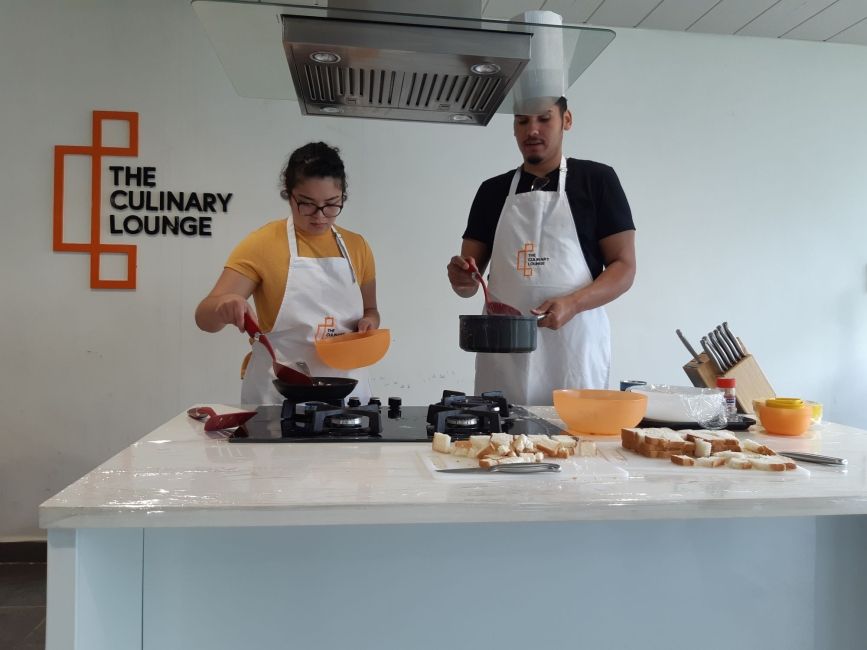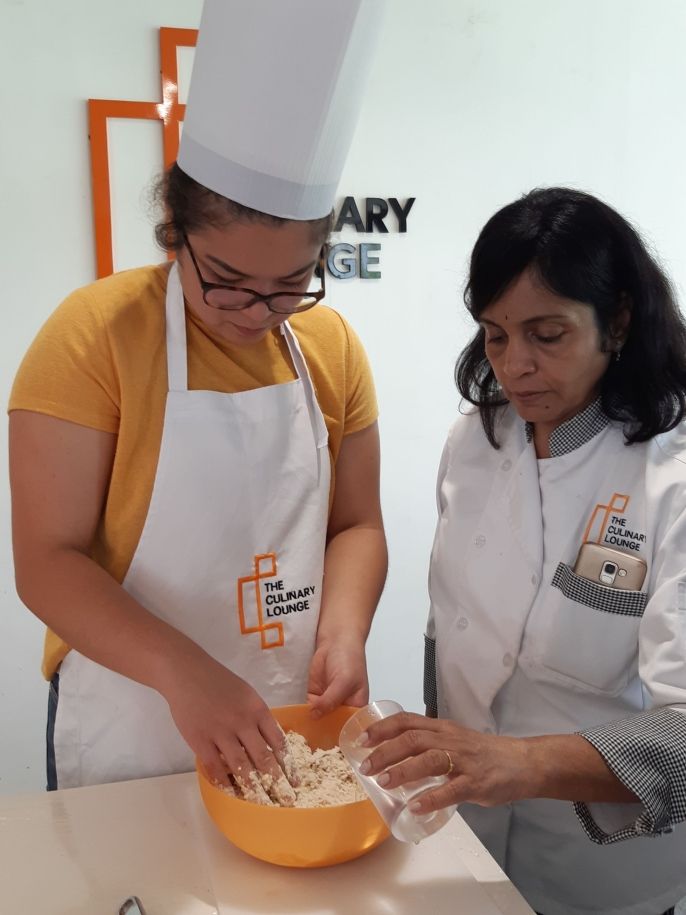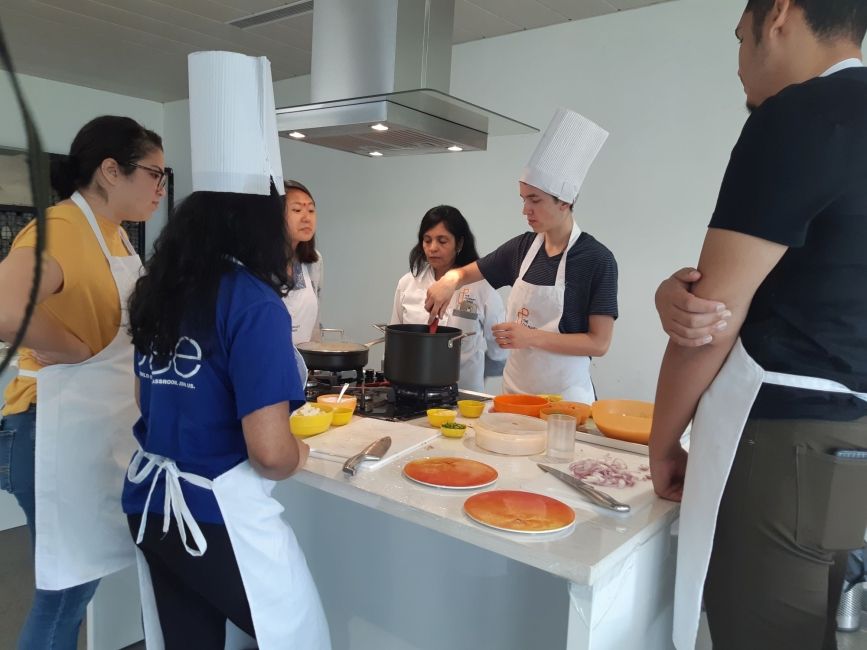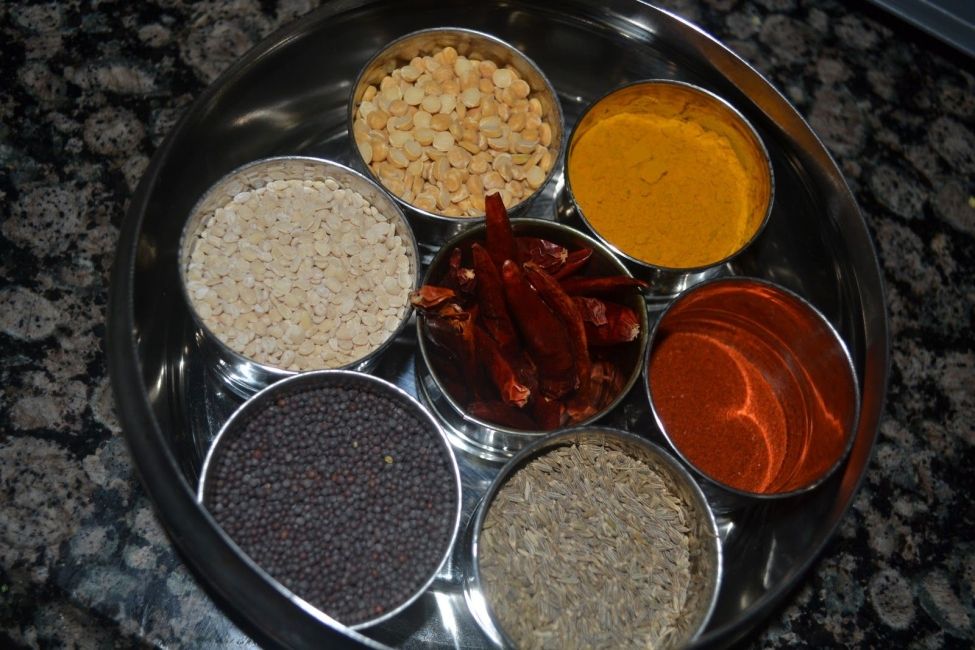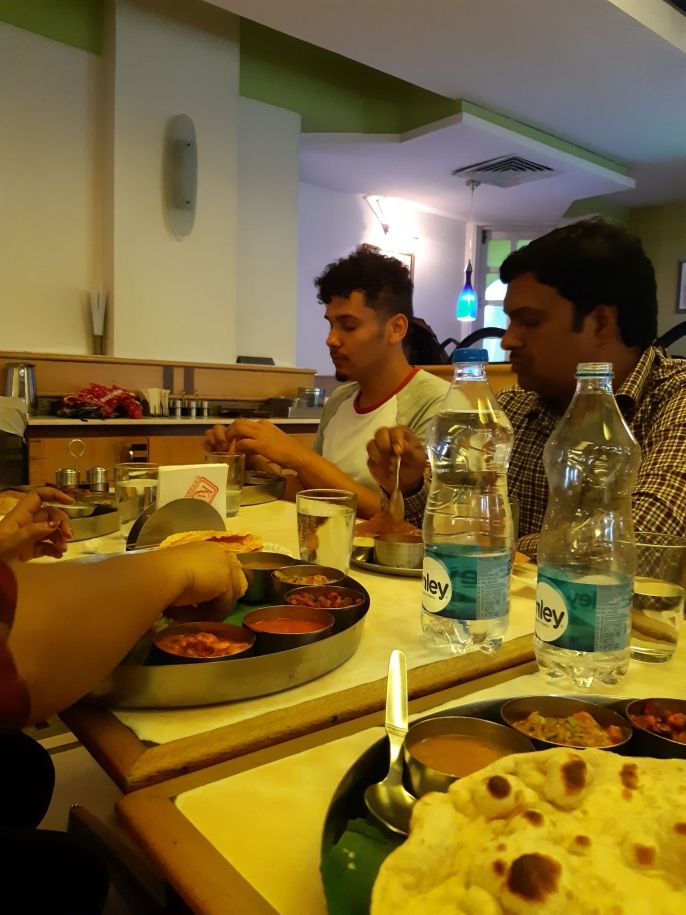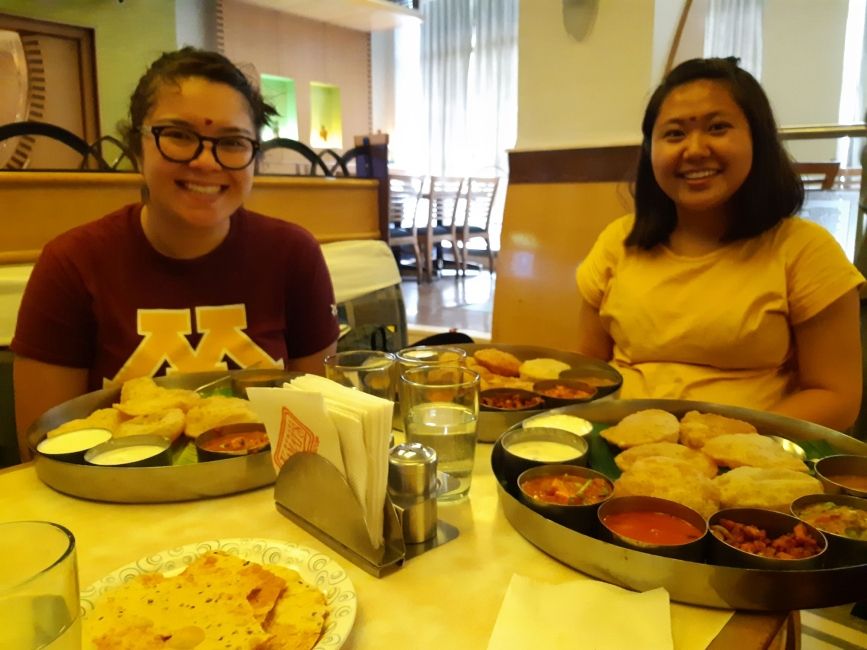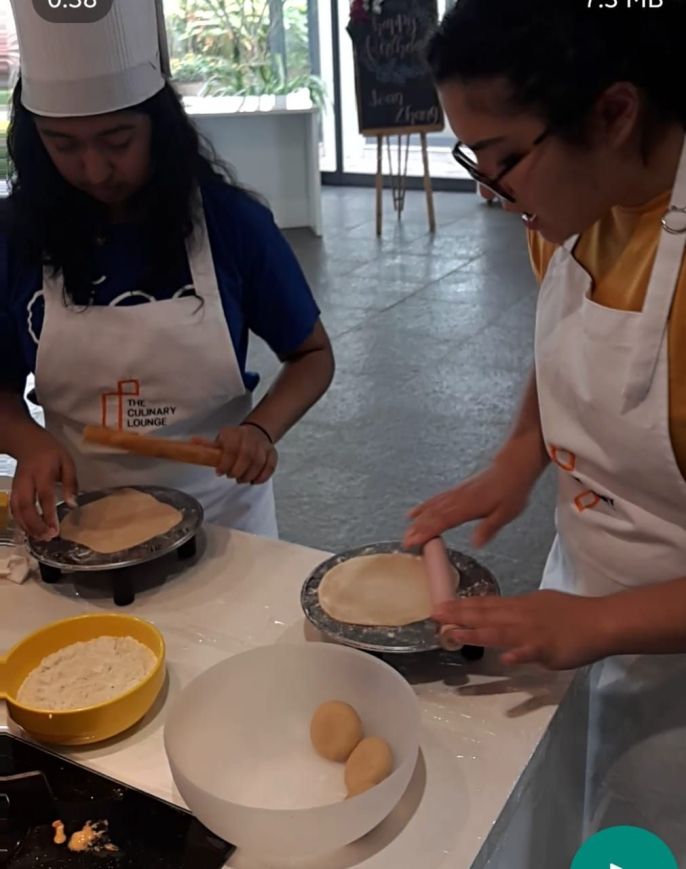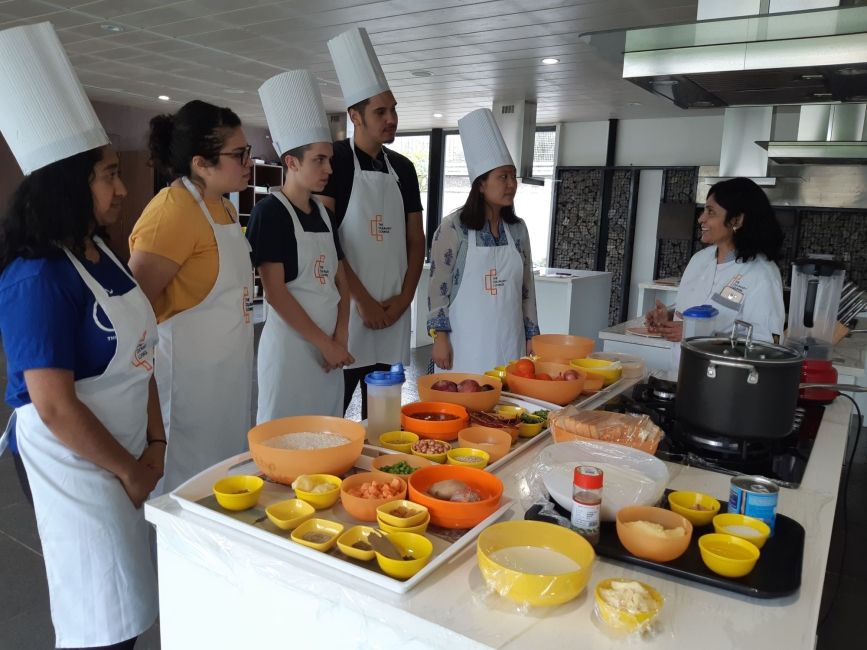Learn to cook and eat Indian food with hands
Indians love to eat varieties of food and cooks delicious food too. Food in India is as diverse as its culture. Taste, texture and ingredients of the food differ from state to state and region to region. North India food is milk product based like cream and paneer (cottage cheese) whereas South Indian food is spicy with more of green pepper and tamarind in it. Hyderabad, being a metropolitan city and home for many migrants serves enormous varieties of food that includes South Indian, North Indian, Mughlai (especially in Hyderabad as Nizams the rulers of Hyderabad use to relish it), Punjabi, Gujrathi and even continental.
Indian food has lots of spice and aroma in it that comes from many spices and this spice box found in every household called popula pette in Telugu. It consists of mustard seeds, cumin seeds, turmeric, chilli powder, chana dal, urad dal and red chillies. Apart from these basic spices there are many other masala powders used according to the dish.
Our students love Indian food and depending upon their tolerance levels they do enjoy spicy food too. Last weekend as part of cooking class they had a chance to learn and cook couple of Hyderabadi and north Indian food items including Roti (Indian Bread), Panner Butter Masala (Cottage cheese curry), Bhagara Baigan (Egg plant curry), Veg Pulao (Rice cooked with veggies) and dessert Shahi Tukda aka double ka meetha (Bread with lots of milk and sugar).
Chef not only showed them how to cook but also involved them in the entire process of cooking which was more of fun and learn. Each of us got the chance to show our cooking skills under the instruction of chef. Every student got an opportunity to chop the vegetables, cook the food and last not the least to taste the yummy food. Later the print outs of the recipes were distributed.
The food is cooked and ready and now comes the eating part. Eating food with hands in India is the way to relish your food. Typically, both in urban and rural settings, South and East Indians wash their hands thoroughly prior to dining, then eat with their fingers, without any cutlery. This practice is historic and premised on the cultural premise that eating is a sensual activity, and touch is part of the experience along with the taste, aroma of the food, and its presentation such as on a Thali, or on a large plate made from washed banana leaf, or stitched and washed leaves. Traditionally, the fingers are also used to feel the temperature of the food to one's taste and to combine flavors. Most of our students enjoy to eat their food with hands.
Related Posts
Repeal of 377 - Queer in India (Part 1 - Celebration)
I remember when same-sex marriage was legalized in the United States, how my friend happened to be in Washington DC stumbling upon the celebration commencing, how so many people were... keep reading
Finding ground, Remembering essence
I have been here now for over a month. I don’t flinch as much from car horns. I know exactly how fast I need to walk to get to campus... keep reading
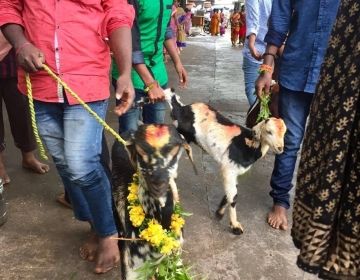
Local festival of Hyderabad - Bonalu
India is popular for its colorful festivals and traditions. Such rich traditions and festivals are part of Hyderabad too. Historical monuments, IT technology, local bazzars, food, modern & traditional lifestyle... keep reading
